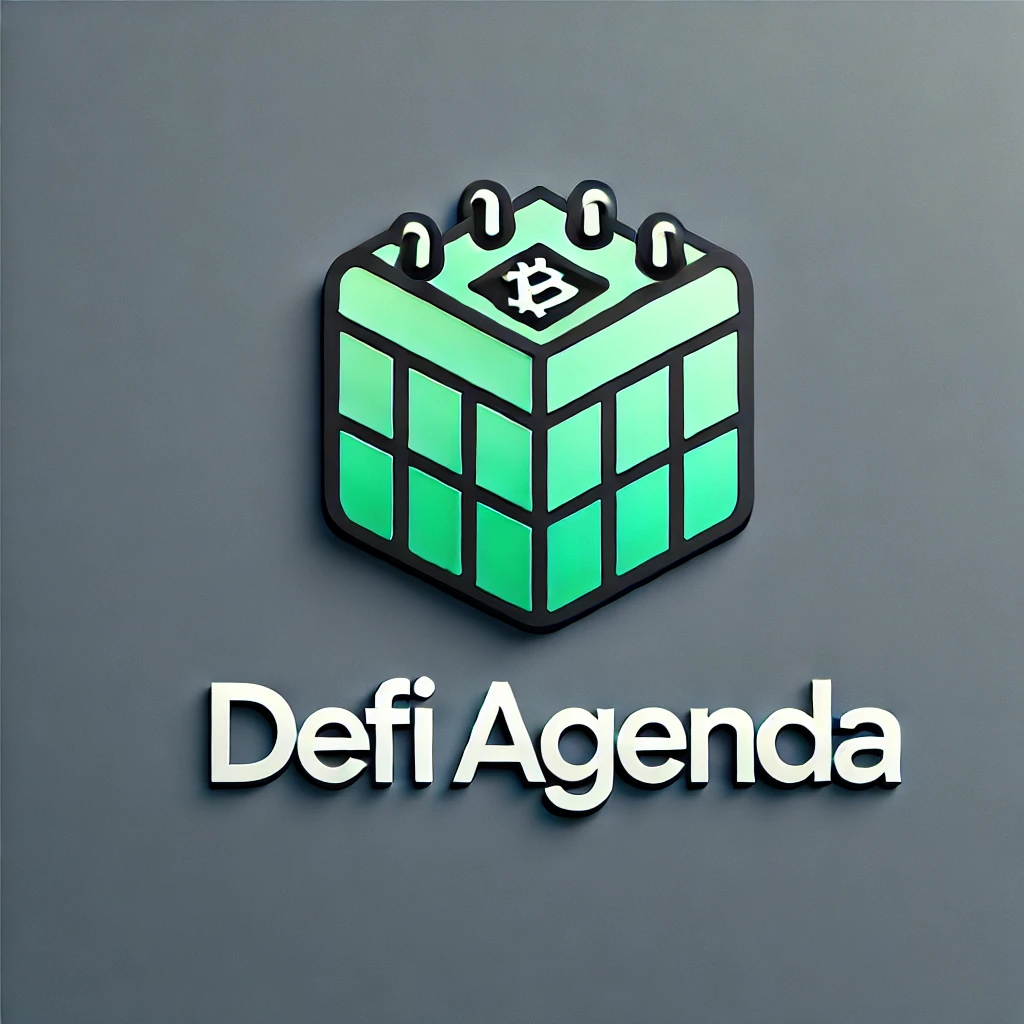Have you ever wondered how to protect yourself in the rapidly evolving world of decentralized finance (DeFi)? It’s exciting to think about the possibilities, but it’s essential to stay vigilant against scams that exist in this space.
Understanding DeFi
DeFi, or decentralized finance, refers to financial services that operate on blockchain networks. It eliminates the need for traditional financial institutions by utilizing decentralized applications (dApps). With DeFi, you can lend, borrow, trade, and earn interest on your cryptocurrencies, all while maintaining control over your assets. However, this newfound freedom comes with its own set of risks.
Why the Surge in DeFi Popularity?
The allure of high returns, the promise of financial inclusivity, and the ability to access financial services without a middleman have led to an explosion in DeFi. Many people are drawn to the potential for substantial profits, but be cautious; where there is opportunity, there are often bad actors ready to exploit unsuspecting users.

This image is property of pixabay.com.
Common DeFi Scams to Look Out For
Unfortunately, the DeFi landscape is littered with scams. Understanding the common tactics used by scammers is your first line of defense. Here are some of the prevalent scams to be aware of:
1. Rug Pulls
Rug pulls happen when developers suddenly withdraw all the funds from a project, leaving investors with worthless tokens. A typical scenario involves a new token being launched, gaining traction, and then its creators disappearing with the funds.
How to Avoid Them:
- Research the Team: Check if the developers are transparent and have a good reputation in the community.
- Audit Reports: Look for third-party audits of the smart contracts and overall project.
2. Phishing Attacks
Phishing in DeFi can take many forms, including fake websites or malicious emails that look legitimate. These attacks aim to gain access to your wallet or personal information.
How to Avoid Them:
- Verify URLs: Always double-check the website links before entering your credentials.
- Use Bookmarking: Bookmark your frequently visited DeFi platforms to avoid phishing sites.
3. Exit Scams
Similar to rug pulls, exit scams involve a project that initially offers a legitimate service but eventually shuts down without warning. The creators may disappear after accumulating a significant amount of investment.
How to Avoid Them:
- Community Engagement: Stay active on community forums and social media to gauge the project’s confidence and user satisfaction.
- Investment Size: Avoid investing more than you can afford to lose, especially in new projects.
4. Pump and Dump Schemes
In a pump and dump scheme, a group of people artificially inflate the price of a particular asset to sell it at a profit, leaving other investors with losses when the price collapses.
How to Avoid Them:
- Stay Informed: Keep yourself updated on market trends and avoid following hype blindly.
- Be Skeptical: If something seems too good to be true, it probably is.
5. Fake Tokens
Some scammers create fraudulent tokens that appear legitimate, which can lead to unsuspecting investors losing their money.
How to Avoid Them:
- Token Verification: Cross-check token details on trusted platforms like CoinMarketCap and Coingecko.
- Watch Out for Similar Names: Be cautious of tokens with names mimicking popular projects.
6. Yield Farming Scams
Yield farming involves providing liquidity to pools for rewards, but scammers often create bogus pools to entice users with promising returns that ultimately lead to losses.
How to Avoid Them:
- Research: Verify that the liquidity pool is supported by a recognizable and reputable platform.
- Understand Risks: Familiarize yourself with the risks involved in yield farming before proceeding.
7. Smart Contract Vulnerabilities
DeFi relies on smart contracts, which can contain bugs or vulnerabilities. Scammers exploit these flaws to drain funds.
How to Avoid Them:
- Use Audited Protocols: Stick to well-known projects that have undergone external audits.
- Read Community Reviews: Learn from others’ experiences with the project.
8. Impersonation Scams
Scammers may pose as officials from reputable DeFi projects, trying to trick you into revealing sensitive information or sending funds.
How to Avoid Them:
- Direct Communication: Only engage with official communication channels or forums.
- Be Wary of Offers: Avoid those that promise guaranteed returns; they often signal a scam.

This image is property of pixabay.com.
Best Practices for Staying Safe in DeFi
Staying safe in DeFi doesn’t just involve knowing about scams; it also includes adopting smart practices. Here are some strategies to keep your assets secure:
1. Use Hardware Wallets
Storing your cryptocurrencies in a hardware wallet adds a layer of security, as these wallets are offline and thus less susceptible to hacks.
2. Enable Two-Factor Authentication (2FA)
Wherever possible, enable 2FA on your accounts. This extra step can significantly decrease the likelihood of unauthorized access.
3. Stay Updated
The DeFi landscape changes rapidly. Regularly check news sources, community forums, and social media to stay informed about the latest scams and security measures.
4. Limit Information Sharing
Be cautious about the information you share online. Scammers often gather details to launch targeted attacks against individuals.
5. Use Reputable Sources for Knowledge
Keep learning about DeFi, investing, and security practices through trusted resources, blogs, and forums. Knowledge is power!
6. Diversify Investments
Don’t put all your investments into one project or asset. Diversifying can reduce risk by spreading your assets across various investments.

This image is property of pixabay.com.
What to Do If You Fall Victim to a Scam
If you find yourself a victim of a DeFi scam, it’s essential to act quickly. Here’s what you can do:
Report the Incident
- Contact Relevant Authorities: Report the scam to local authorities and regulatory bodies.
- Alert the Community: Inform the community about the scam through social channels to warn others.
Try to Recover Your Funds
While recovery can be difficult, you can take certain steps:
- Contact Your Wallet Provider: If you lose access to your wallet, reach out to the provider for support.
- Blockchain Investigations: Some companies specialize in tracing stolen assets and may help recover lost funds.
Learn from Your Experience
Reflect on the situation and identify what led you to become a victim. Use this knowledge to strengthen your future strategies and protect yourself.

Conclusion
Navigating the world of DeFi can be as thrilling as it is perilous. By being aware of common scams and implementing smart safety practices, you can enjoy the benefits of decentralized finance while minimizing risk. Always stay curious, informed, and cautious—these qualities will serve you well in your financial journey.
Remember, the DeFi space is full of opportunities, but with them come risks. Staying educated and aware will not only help you avoid scams but also enable you to take full advantage of what DeFi has to offer. Happy investing!


